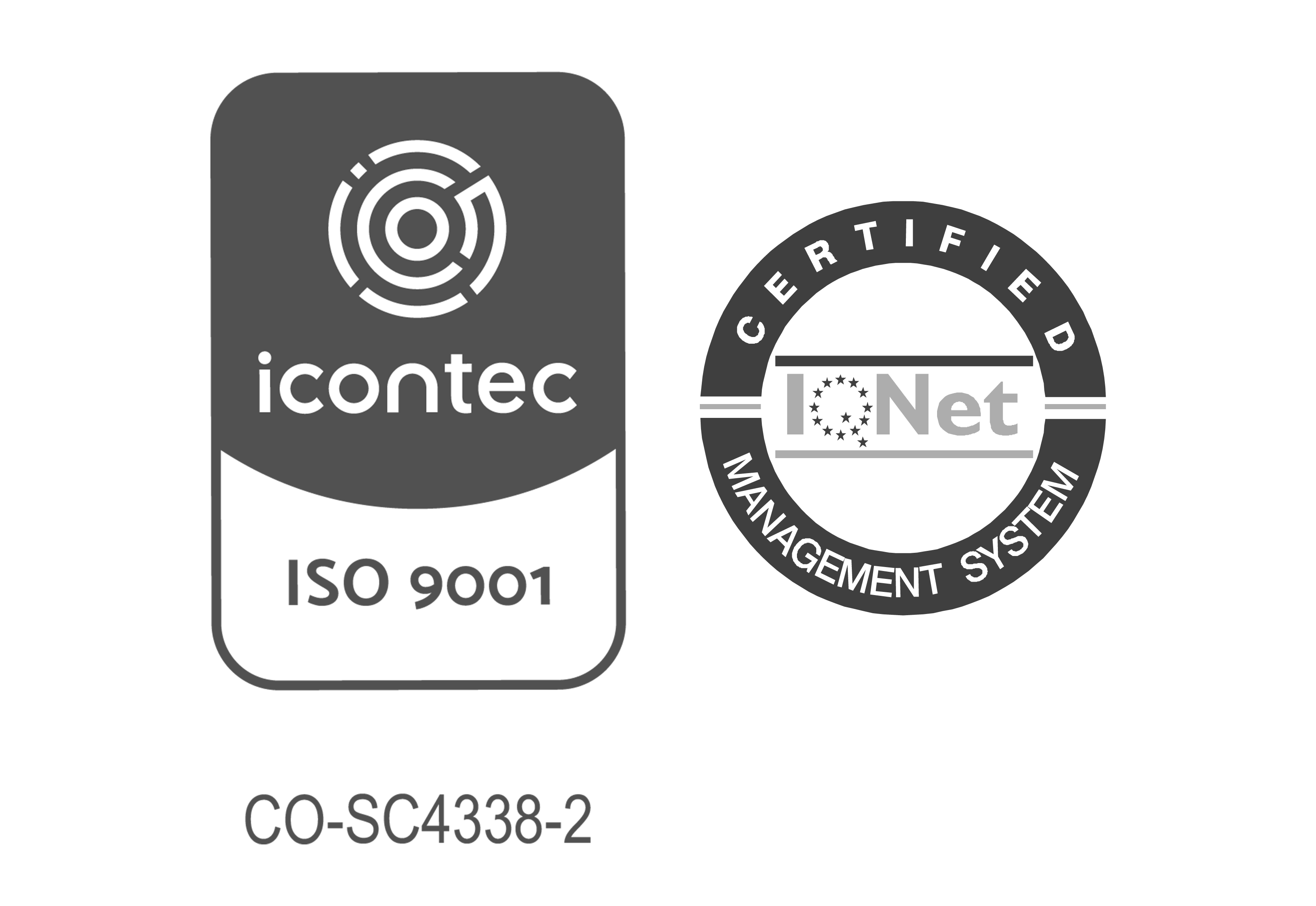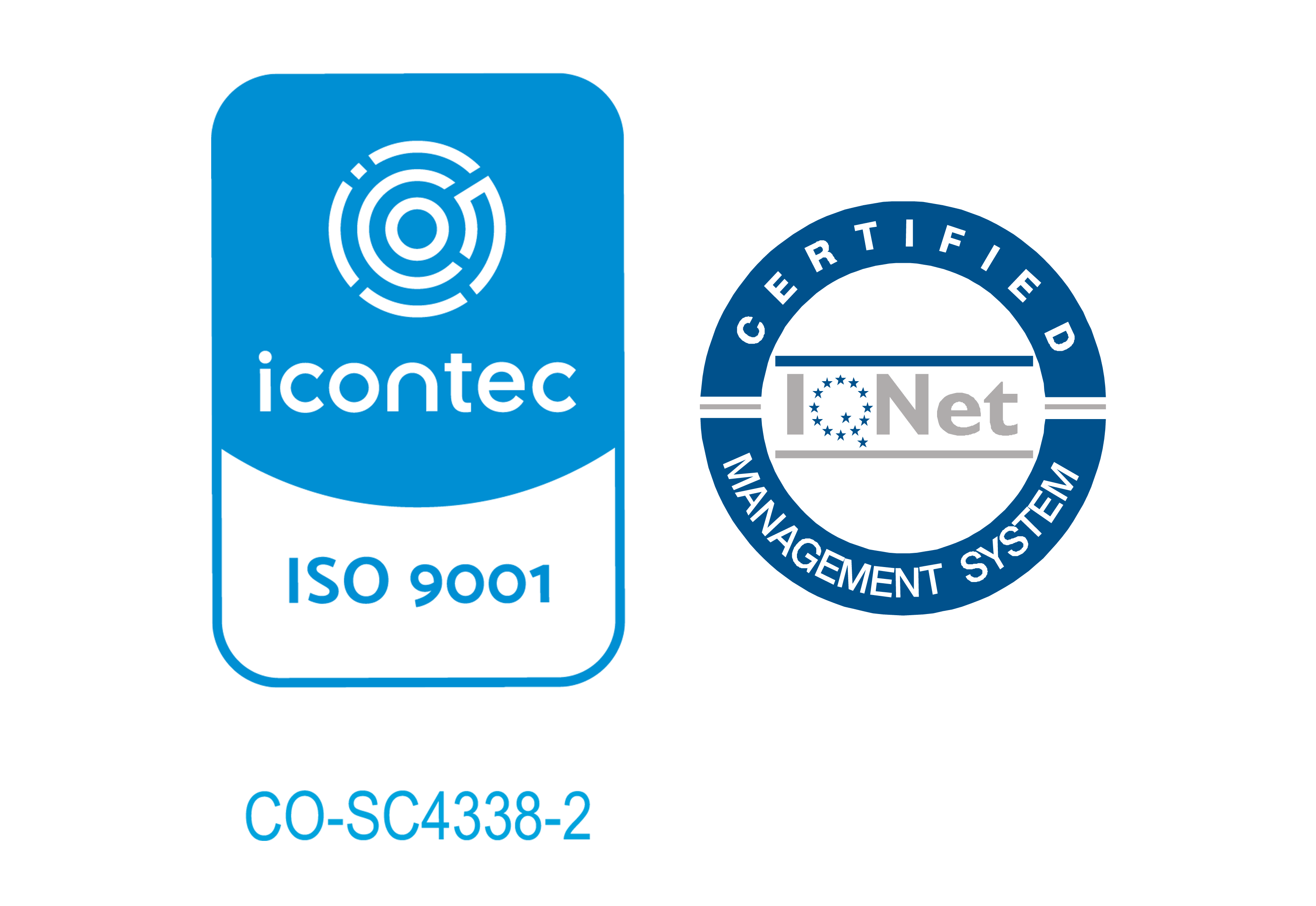Incluye referencias bibliográficas e índices
Machine generated contents note:Chapter 1 The Quest for Causality -- Chapter 2 Stats in the Wild: Good Data Practices -- Part I The OLS Framework -- Chapter 3 Bivariate OLS: The Foundation of Econometric Analysis -- Chapter 4 Hypothesis Testing and Interval Estimation: Answering Research Questions -- Chapter 5 Multivariate OLS: Where the Action Is -- Chapter 6 Dummy Variables: Smarter Than You Think -- Chapter 7 Transforming Variables, Comparing Variables -- Part II The Contemporary Econometric Toolkit -- Chapter 8 Using Fixed Effects Models to Fight Endogeneity in Panel Data and Difference-in-Difference Models -- Chapter 9 Instrumental Variables: Using Exogenous Variation to Fight Endogeneity -- Chapter 10 Experiments: Dealing with Real-World Challenges -- Chapter 11 Regression Discontinuity: Looking for Jumps in Data -- Part III Limited Dependent Variables -- Chapter 12 Dummy Dependent Variables -- Part IV Advanced Material -- Chapter 13 Time Series: Dealing with Stickiness over Time -- Chapter 14 Advanced OLS -- Chapter 15 Advanced Panel Data -- Chapter 16 Conclusion: How to Be an Econometric Realist -- Appendices -- Citations and Additional Notes -- Guide to Selected Discussion Questions -- Bibliography -- Glossary -- Index.
"An engaging and practical introduction to econometrics, Real Econometrics: The Right Tools to Answer Important Questions provides thorough coverage of the most frequently used methods of analysis and a diverse array of examples and case studies. Grounded in contemporary understandings of causal inference, the text invites students to see how econometric tools can help answer interesting questions ranging from consumer choice, to whether police reduce crime, to how drinking affects students' grades, and to whether or not tall people make higher wages. This emphasis on practical applications, combined with a lively and conversational narrative, provides students with a solid foundation in the analytical tools they will use throughout their academic and professional careers"
"Real Econometrics provides an engaging and practical introduction to econometrics, written in a chatty, conversational style. The book begins by inviting students to see how econometric tools can help answer important and interesting questions such as whether police reduce crime, the effects of drinking on students' grades, and whether or not tall people make higher wages. Real Econometrics achieves student engagement while offering serious statistical training. The book covers the modern statistical toolkit, ranging from OLS to field experiments, panel data analysis, instrumental variables, probit and logit models. The book ties together these topics under the twin themes of fighting endogeneity and accounting for uncertainty in estimates. Real Econometrics is built to work in multiple course contexts. Economics instructors teaching traditional econometrics courses for economics and business majors will find thorough coverage of the most frequently used methods of econometric analysis and a diverse array of examples and case studies. Instructors teaching a second semester course for undergraduate or graduate students can use the early parts of the book as a review and focus on modern identification strategies inherent in panel models, instrumental variables approaches, field experiments and regression-discontinuity designs. Instructors teaching more mathematically oriented classes can use this as a supplement that explains intuition and connects the methods to real-world applications."

Escuela de administración
Facultad de Jurisprudencia
Facultad de Ciencias
Escuela de Ciencias
Escuela de Medicina
Facultad de Economía
Facultad de Estudios
Facultad de Creación
Escuela de Ingeniería,
Otras Ofertas
 Historia y símbolos
Historia y símbolos
 Enfoque estratégico
Enfoque estratégico
 Gobierno universitario
Gobierno universitario
 Playbok - Nuestros pilares de transformación
Playbok - Nuestros pilares de transformación
 Protocolo de seguridad
Protocolo de seguridad
 Archivo histórico
Archivo histórico
 Portafolio de becas, descuentos y apoyo financiero
Portafolio de becas, descuentos y apoyo financiero
 Casa UR
Casa UR






 Proyección social
Proyección social Filantropía
Filantropía Hagámoslo posible
Hagámoslo posible

 Libro de reserva
Libro de reserva
 Libro
Libro







